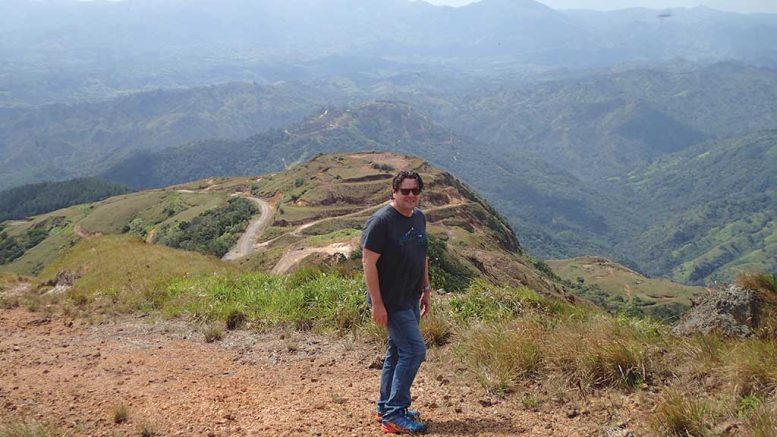Orla Mining (TSXV:OLA) has reported that drilling in the Caballito copper-gold zone at its Cerro Quema project in Panama has intersected copper and gold values in holes drilled in the eastern part of the zone, including hole CQDH18-169 that intersected 134.0 metres averaging 0.62 percent copper and 0.14 gram per tonne (g/t) gold.
As quoted in the press release:
The Caballito zone is only one third of a trend where there is evidence of similar copper-gold mineralization. The focus is now to test the rest of this trend for other potential zones with the intensity of mineralization seen at Caballito. Drilling continues at Sombrero, directly north of Caballito. The extension to the induced polarization survey northward through the Quemita area is now complete and results will be used as an exploration guide for copper-gold mineralization under the oxide reserve.
Drilling results previously reported from Caballito were mostly from the western side of a 650 to 800 metre-long, 350 to 400 metre-wide, northwest-southeast trending chargeability anomaly. Six of the seven holes reported herein were drilled to test the eastern part of this anomaly. As predicted by the less pronounced resistivity lows in the east as compared to the west, overall sulphide content returned lower values on the east side; however, all six holes intersected copper and gold mineralization. The most north-easterly hole drilled at Caballito to date, CQDH18-169, intersected 134.0 metres at 0.62% copper and 0.14 g/t gold from 128.0 to 262.0 metres. Hole CQDH18-167, drilled from the same pad, intersected the zone 50 metres to the southeast with 101.7 metres at 0.27% copper and 0.10 g/t gold from 134.5 to 236.2 metres. Both intercepts have higher arsenic associated with the copper than intercepts in the western part of Caballito, indicating a mixture of earlier enargite-dominate mineralization cut by the lower arsenic event.
Holes CQDH18-170 and 171, drilled from the same pad in the central-eastern part of the zone, showed weaker mineralization with CQDH18-170 having the wider intercept of 28.5 metres at 0.30% copper and 0.30 g/t gold from 25.5 to 54.0 meters. Hole CQDH18-166 intersected 14.2 metres at 0.32% copper and 0.31 g/t gold from 56.8 to 71.0 metres followed by 65.2 metres at 0.83% copper and 0.30 g/t gold from 80.8 to 146.0 metres, showing mineralization increases in the southeast part of the zone. Mineralization in hole 166 has a mix of higher and lower arsenic associated with copper.
The furthest southeast hole, CQDH18-165, intersected 22.1 metres at 0.52% copper and 0.27 g/t gold from 56.7 to 78.8 metres. Mineralization in hole 165 is very low in arsenic.
CQDH18-168 was drilled to the southwest from the same pad as CQDH18-167 and 169. It crossed a projected fault that appears to displace mineralization to the northeast of the Caballito zone.
The Caballito zone is only one third of a trend where there is evidence of similar copper-gold mineralization. The focus is now to test the rest of this trend for other potential zones with the intensity of mineralization seen at Caballito. Drilling continues at Sombrero, directly north of Caballito. The extension to the induced polarization (IP) survey northward through the Quemita area is now complete and results will be used as an exploration guide for copper-gold mineralization under the oxide reserve.
